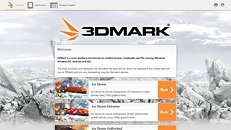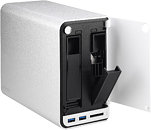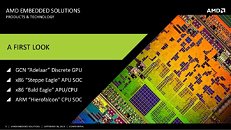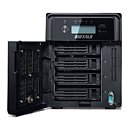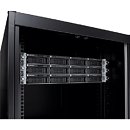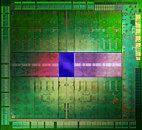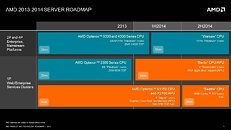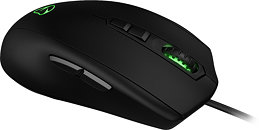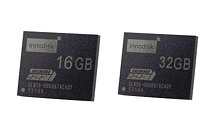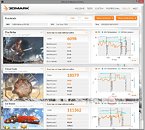
Futuremark Announces 3DMark for Windows RT, as a Free App
Futuremark announced 3DMark for Windows RT, the ARM-friendly variant of Windows popularized by the Surface RT, and Surface 2. The 3D graphics benchmark suite includes three tests based on the "Ice Storm" test scene, namely "Ice Storm," "Ice Storm Extreme," and "Ice Storm Unlimited." The "Ice Storm" test stresses DirectX 11 feature level 9 test. "Ice Storm Extreme" runs the same scene at 1080p resolution, and with added detail, such as higher resolution textures and post-processing. "Ice Storm Unlimited" is designed to stress all key components, including the CPU and GPU, display resolution scaling, and other OS-related factors.DOWNLOAD: 3DMark for Windows RT
